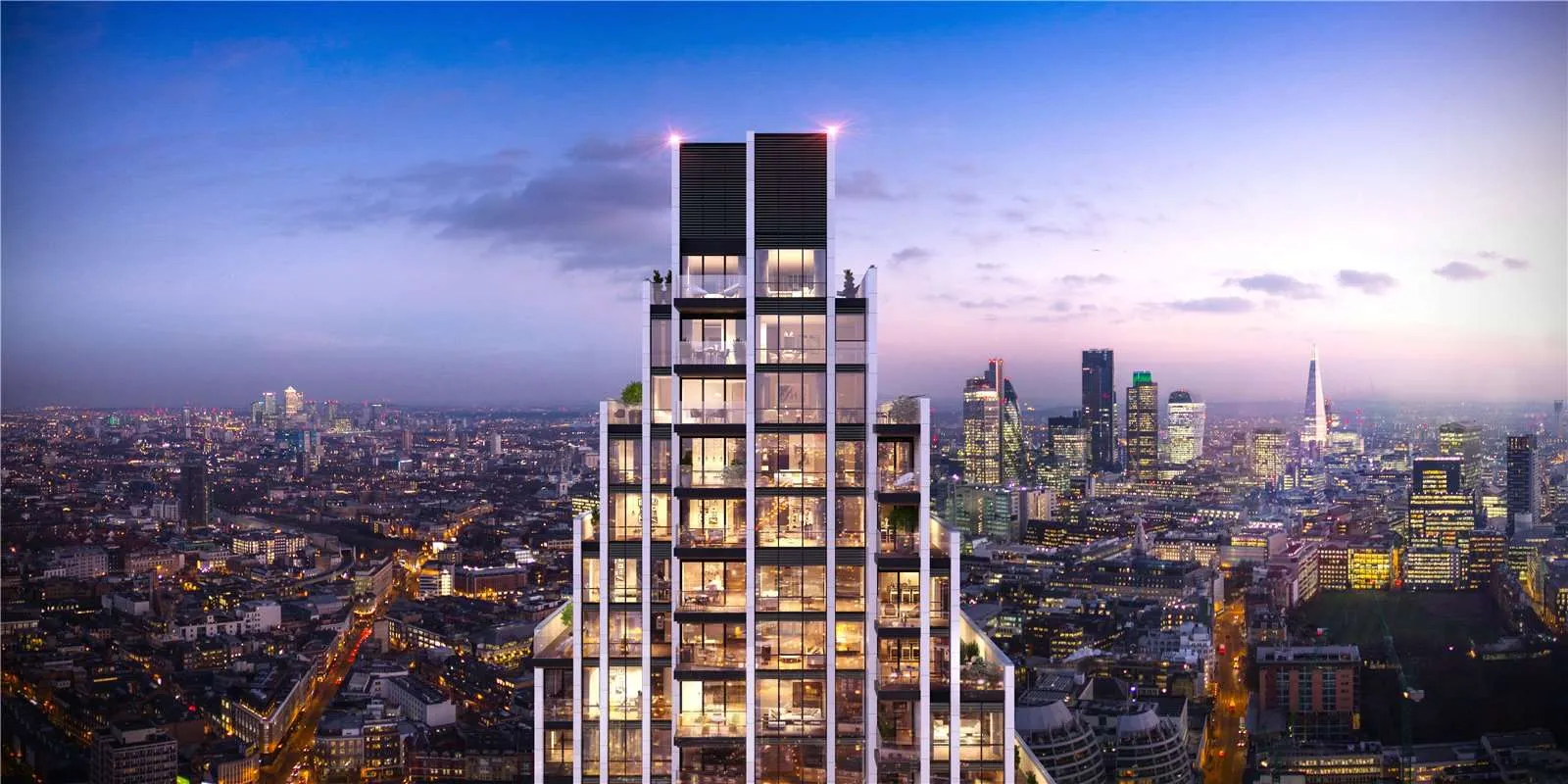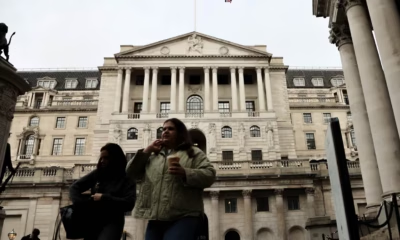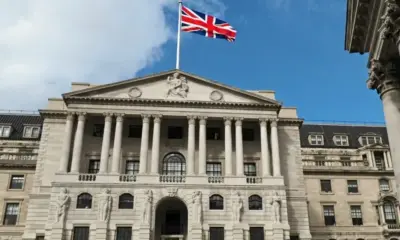News & Updates
London’s Property Market Sees Slow Recovery: Interest Rates Begin to Ease

After two turbulent years of declining transactions and stalled developments, London’s property market is beginning to show tentative signs of recovery. Falling inflation and the gradual easing of interest rates by the Bank of England are providing cautious optimism among buyers, investors, and developers. While affordability remains a challenge, particularly for first-time buyers, market analysts suggest that the city’s housing sector is finally stabilizing after a prolonged slowdown. The question now is whether easing borrowing costs and improved confidence will be enough to spark meaningful growth across London’s complex housing landscape.
Housing Affordability and Buyer Sentiment
Affordability remains the central concern for most Londoners. Despite falling mortgage rates, property prices continue to outpace average earnings in many boroughs, keeping home ownership beyond reach for large sections of the population. According to recent market data, the average house price in Greater London fell modestly during the first half of 2025, but remains roughly 12 times the average local income. This disparity reflects the lingering effects of high borrowing costs and stagnant wage growth since the pandemic.
The gradual decline in interest rates, expected to settle around 4.25 percent by the end of the year, has improved sentiment slightly among prospective buyers. Mortgage approvals have started to rise, and estate agents report renewed activity in the mid-range property segment. However, most economists caution that the market’s recovery will be slow. Many households remain locked out of ownership, while those on variable-rate mortgages are only beginning to feel relief from the intense pressure of previous rate hikes.
Government-backed schemes aimed at supporting first-time buyers are also being reassessed to match the new financial climate. Industry experts argue that sustainable recovery requires more than lower interest rates, it demands structural reform in housing supply, planning, and taxation. Without these, affordability will remain the single largest barrier to a balanced and inclusive property market.
Rising Rent Pressures Across the Capital
While property sales have struggled, London’s rental market continues to experience record demand. The combination of limited supply and persistent inward migration has pushed rents to historic highs. Data from leading estate agencies shows average rents in central London up nearly 8 percent year-on-year, with outer boroughs following closely behind.
Young professionals and families are bearing the brunt of this pressure. Many have been forced to relocate to suburban or commuter-belt areas in search of affordable options, placing additional strain on transport networks and local infrastructure. Renters are increasingly calling for stronger protections and long-term reforms to address the imbalance between supply and demand.
Developers and landlords are responding cautiously. Some have accelerated the construction of build-to-rent projects, while others are focusing on mixed-use developments that integrate housing with retail and green spaces. However, high construction costs and tight financing conditions continue to limit output. Analysts at Knight Frank and other firms emphasize that without a consistent supply pipeline, rent pressures will persist even as the broader property market stabilizes.
Developer Outlook and Investment Trends
Developers and investors are approaching the current market with a mix of optimism and restraint. The easing of borrowing costs has reopened opportunities for refinancing and project launches that were previously shelved. Several large-scale regeneration schemes in areas such as Nine Elms, Stratford, and Canary Wharf have resumed, signaling renewed confidence in London’s long-term potential.
At the same time, developers are shifting strategies to adapt to evolving market demands. Sustainability, energy efficiency, and community-focused design have become central to new projects as buyers and renters prioritize quality of living over size alone. Institutional investors, particularly from Europe and Asia, are returning to London’s residential market, viewing the city as undervalued compared with other global capitals after years of volatility.
Nonetheless, challenges remain. Construction materials continue to be expensive, and planning delays add uncertainty to timelines. The industry is also navigating changing consumer behavior, with flexible working patterns reshaping demand for both urban and suburban housing. Analysts predict that the next 12 to 18 months will define whether the sector can achieve a steady, sustainable recovery or slip back into stagnation.
Conclusion
London’s property market is finally moving out of its prolonged slump, supported by easing interest rates and modestly improving consumer confidence. Yet the recovery is uneven. While lower borrowing costs and returning investor interest offer hope for renewed growth, affordability concerns and rising rents still weigh heavily on residents. Developers are cautiously optimistic, adapting to market realities with new priorities around sustainability and community impact.
The coming year will determine whether London’s housing market can achieve true stability. If interest rates continue to ease and construction pipelines expand, the capital could experience a gradual but lasting resurgence. For now, the tone is one of cautious recovery rather than exuberance, a reflection of a market still healing from years of financial pressure but beginning to rediscover its equilibrium.




















